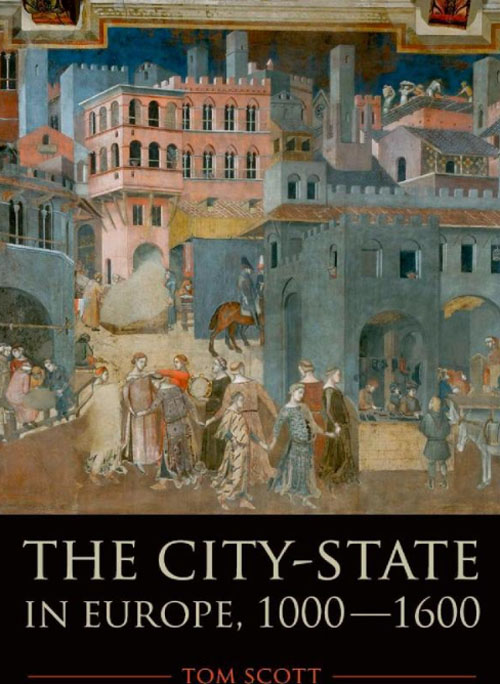The City-State in Europe, 1000-1600: Hinterland, Territory, Region

Tom Scott - The City-State in Europe, 1000-1600: Hinterland, Territory, Region
(Oxford University Press), 2012
382pp., £45, hard, ISBN 978-0-19-927460-4
There has been no detailed comparison of the development of the city-state in medieval Europe over the last century. There has been a considerable research on medieval urbanisation but it has concentrated on the role of city-states and their republican polities as forerunners of the modern state or on their artistic and cultural achievements especially in Italy. There has been less attention paid to the cities' territorial expansion, something the author addresses in this astute, timely study through a broadly chronological approach. Why, how and with what consequences did cities in the urban belt, stretching from central and northern Italy over the Alps to Switzerland, Germany, and the Low Countries, succeed or fail in constructing sovereign polities, with or without dependent territories? Tom Scott is critical of typologies of the city-state in Europe that suggest the city-state was a spent force in early modern Europe, arguing that it survived by a combination of transformation and adaption. By using an approach embracing both time and space, he develops a regional framework for analysis that does not treat city-states in isolation but within a wider geopolitical setting. By extending the focus on the leading Italian city-states to include analysis of the Swiss city-states and the imperial cities of Germany, he adds an innovative dimension to questions about the urbanisation of medieval Europe.

